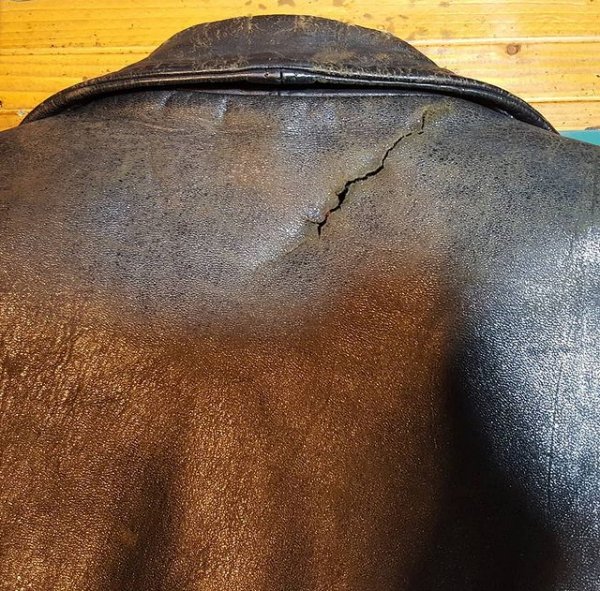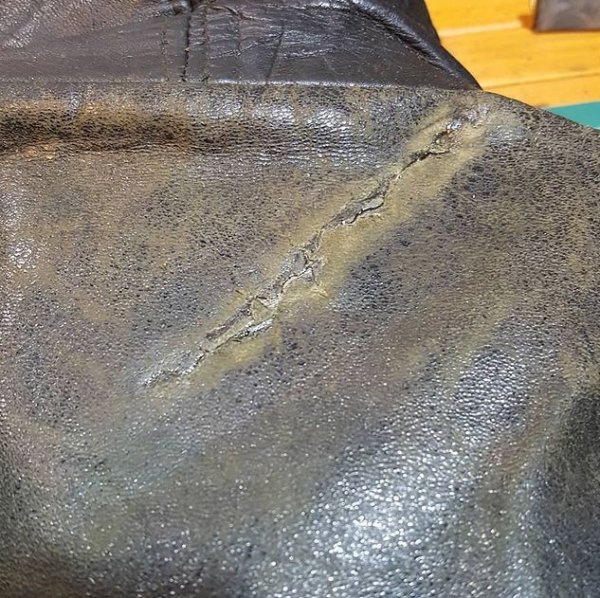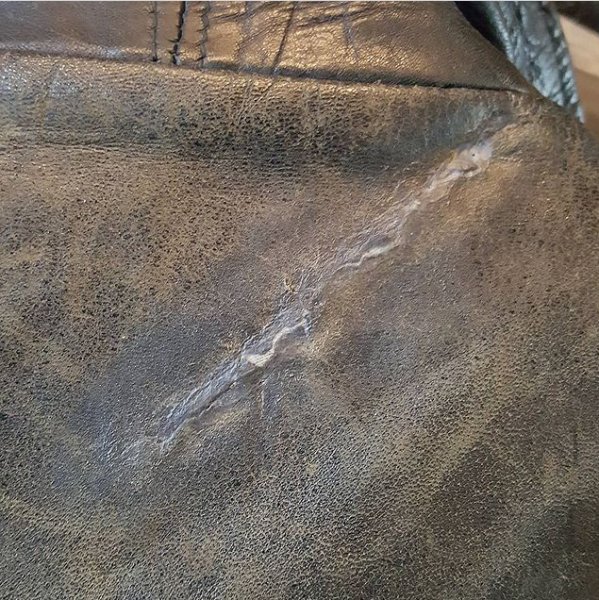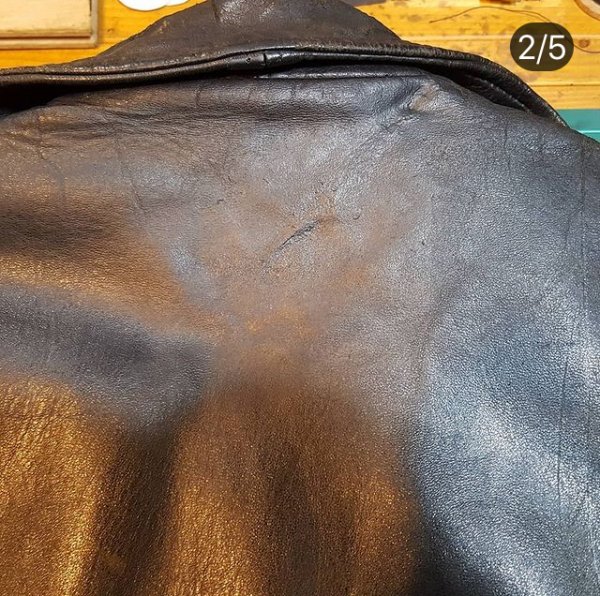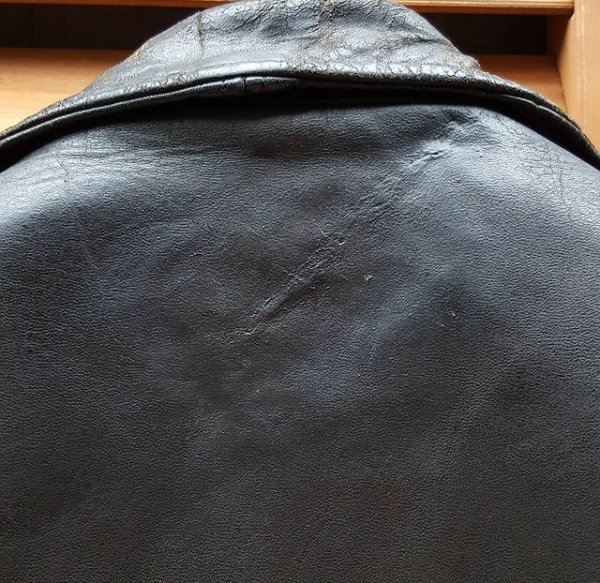PanTadeusz
New in Town
- Messages
- 16
Hey gang!
I would like to know of all the various possibilities one can use to restore the leather in the area where the leather is cracking. I was thinking about something like moisturising then applying some product that would fill in the cracks and then keep on top of moisturising so that it doesn't develop. Is this the best way? Is there a better way?
I would like to know of all the various possibilities one can use to restore the leather in the area where the leather is cracking. I was thinking about something like moisturising then applying some product that would fill in the cracks and then keep on top of moisturising so that it doesn't develop. Is this the best way? Is there a better way?

